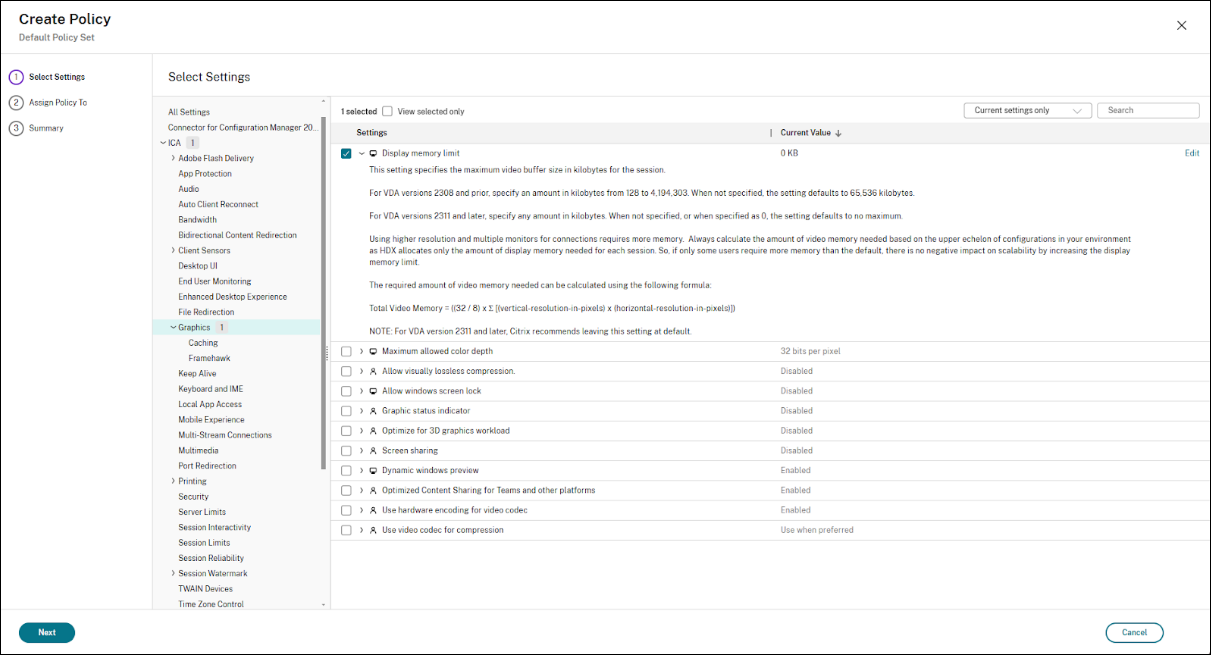-
-
High Resolution Displays
This content has been machine translated dynamically.
Dieser Inhalt ist eine maschinelle Übersetzung, die dynamisch erstellt wurde. (Haftungsausschluss)
Cet article a été traduit automatiquement de manière dynamique. (Clause de non responsabilité)
Este artículo lo ha traducido una máquina de forma dinámica. (Aviso legal)
此内容已经过机器动态翻译。 放弃
このコンテンツは動的に機械翻訳されています。免責事項
이 콘텐츠는 동적으로 기계 번역되었습니다. 책임 부인
Este texto foi traduzido automaticamente. (Aviso legal)
Questo contenuto è stato tradotto dinamicamente con traduzione automatica.(Esclusione di responsabilità))
This article has been machine translated.
Dieser Artikel wurde maschinell übersetzt. (Haftungsausschluss)
Ce article a été traduit automatiquement. (Clause de non responsabilité)
Este artículo ha sido traducido automáticamente. (Aviso legal)
この記事は機械翻訳されています.免責事項
이 기사는 기계 번역되었습니다.책임 부인
Este artigo foi traduzido automaticamente.(Aviso legal)
这篇文章已经过机器翻译.放弃
Questo articolo è stato tradotto automaticamente.(Esclusione di responsabilità))
Translation failed!
High resolution displays
Customers deploying high-resolution displays (6K, 8K, and equivalent megapixel counts) with Citrix Virtual Apps and Desktops™, might experience issues with performance or issues such as mouse tracking inconsistencies and display scaling and DPI-related problems.
Traditional resolutions for typical office monitors are 4K, 6k or 8K resolutions where the ‘K’ notation is specifying the horizontal resolution.
Examples of 6K displays are the Apple Pro Display XDR and Dell UltraSharp U3224KB, with a resolution of 6016 × 3384, and 6144 × 3456.
Currently there are only a handful of 8K monitors available, one such example is the Dell UltraSharp UP3218K with a resolution of 7680 x 4320.
Barco lists their monitors with a MP or Megapixel count instead of their resolution. The newest Barco monitors are 32MP monitors with an advertised resolution of 6848 x 4560.
Citrix® supports up to 8 monitors, depending on the hardware resources. Depending on the GPU used, there can be other hardware restrictions on this maximum.
To optimize performance and mitigate potential issues with high-resolution displays, Citrix recommends using CVAD 2402.
VDA versions 2402 and later
For VDA 2402 and later, leave the ‘Display Memory Limit’ policy to the default of 0, meaning no Display memory limit. This allows the VDA to dynamically allocate necessary display memory.
Older VDA Versions (Prior to 2402)
If upgrading to CVAD 2402 or later is not feasible, configure the “Display memory limit” policy to its maximum value of 4,194,303 KB. This provides the VDA with the maximum available display memory.

Share
Share
In this article
This Preview product documentation is Citrix Confidential.
You agree to hold this documentation confidential pursuant to the terms of your Citrix Beta/Tech Preview Agreement.
The development, release and timing of any features or functionality described in the Preview documentation remains at our sole discretion and are subject to change without notice or consultation.
The documentation is for informational purposes only and is not a commitment, promise or legal obligation to deliver any material, code or functionality and should not be relied upon in making Citrix product purchase decisions.
If you do not agree, select I DO NOT AGREE to exit.